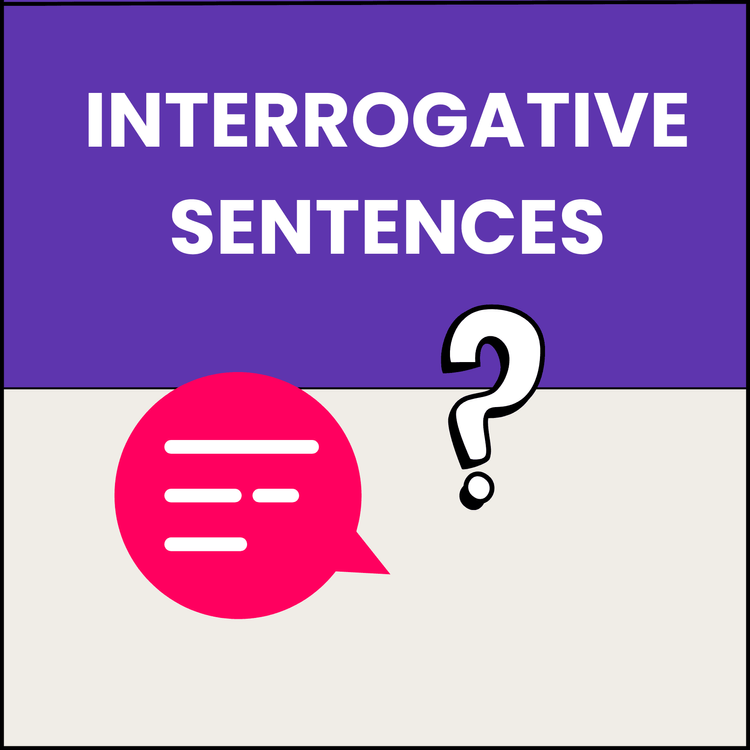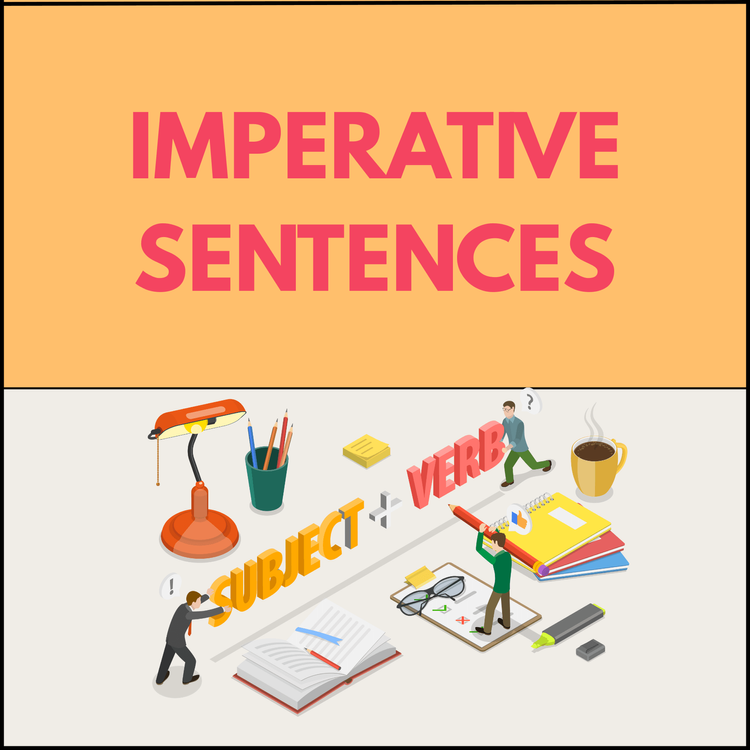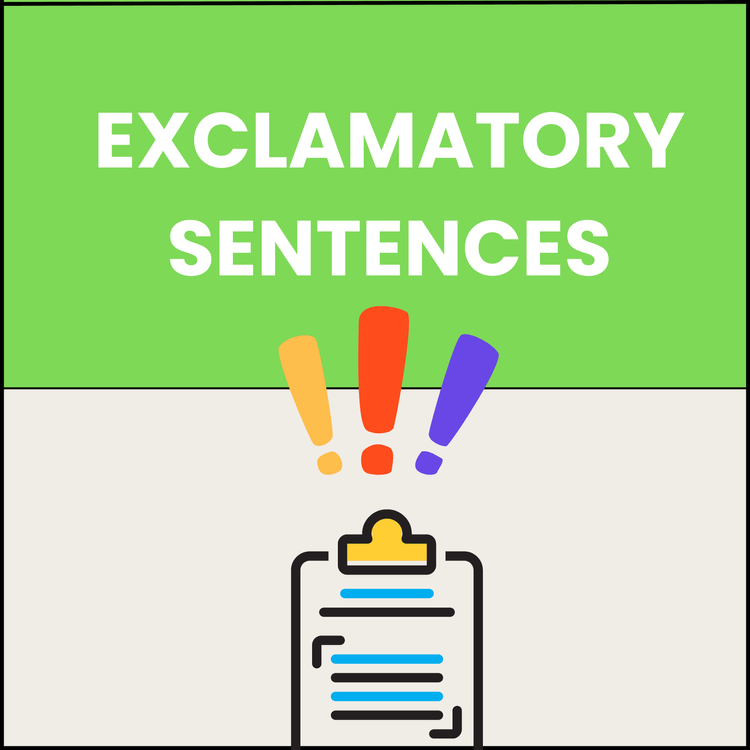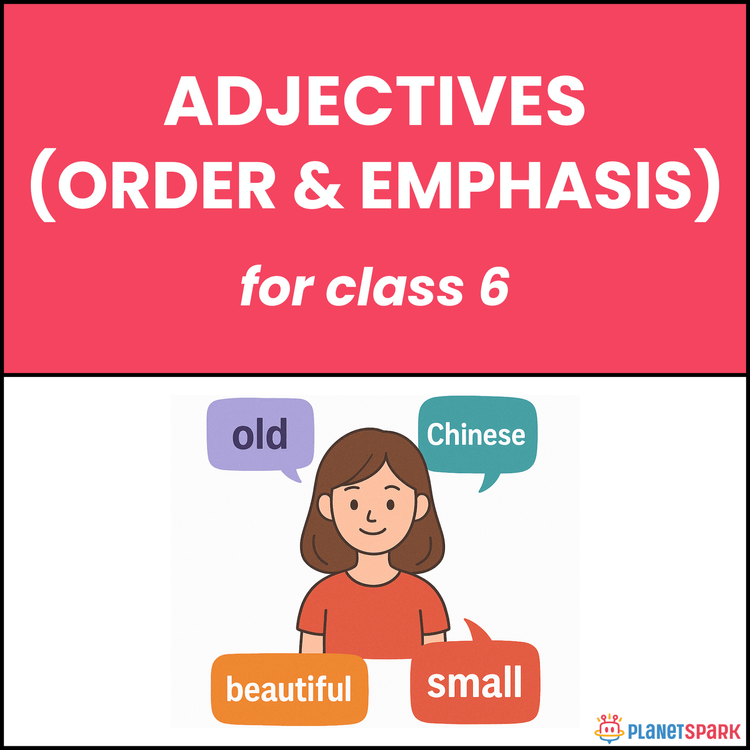Interrogative Sentences Worksheet
Class 6Free DownloadPDF
Ankita SinghVisit Profile
Ankita Singh – CTE Specialist & Educator
Ankita Singh, a post-graduate with a specialization in CTE, brings over 8 years of teaching experience, including 4+ years with PlanetSpark. She has been empowering children worldwide with effective communication and learning skills, fostering confidence and growth in every student.


Interrogative Sentences Worksheet
Class 6Free DownloadPDF
Ankita SinghVisit Profile
Ankita Singh – CTE Specialist & Educator
Ankita Singh, a post-graduate with a specialization in CTE, brings over 8 years of teaching experience, including 4+ years with PlanetSpark. She has been empowering children worldwide with effective communication and learning skills, fostering confidence and growth in every student.
Interrogative sentences are used to ask questions and gather information. They usually begin with words like what, where, why, how, or an auxiliary verb such as do, does, or is. These sentences end with a question mark (?).
Importance of Interrogative Sentences
Knowing how to form interrogative sentences is key to developing curiosity and communication skills. It helps students learn how to ask questions effectively, participate in discussions, and think critically.
How This Worksheet Helps
This worksheet gives students practice in recognizing question sentences, using the correct helping verbs, and framing their own meaningful questions encouraging active learning and interactive grammar use.
✅ Answer Key
Exercise 1: Choose the Type of Sentence
| Question | Correct Answer |
|---|---|
| Where are you going after school? | Interrogative |
| Do you like to play football? | Interrogative |
| What time does the train arrive? | Interrogative |
| Are you coming to the party tonight? | Interrogative |
| Why is the sky blue? | Interrogative |
Exercise 2: Choose the Correct Word
| Sentence | Correct Answer |
|---|---|
| Where _____ you going after school? | are |
| Why _____ she upset yesterday? | was |
| When _____ the train arrive? | does |
| How _____ you make this cake? | did |
| What _____ you doing at the park? | were |
Exercise 3: Complete Each Interrogative Sentence
What do you like to do when you are free?
Why do you think reading is important?
How can we make our school a better place for everyone?
Where do you usually go on weekends with your family?
When was the last time you felt really happy about something you achieved?
Who is the person that inspires you the most and why?
Which book or movie do you enjoy the most and what makes it special?
Frequently Asked Questions
An interrogative sentence asks a question and ends with a question mark (?). Example: Where are you going?
They begin with words like what, where, when, why, how, or helping verbs like do, does, is, etc. These words signal that a question is being asked.
They encourage curiosity and active communication. Asking questions helps students learn new information and participate in conversations.
A question mark (?) is always used at the end. It shows the sentence seeks an answer.
It guides students in choosing the right helping verbs and framing complete questions. This improves grammar accuracy and spoken communication.




